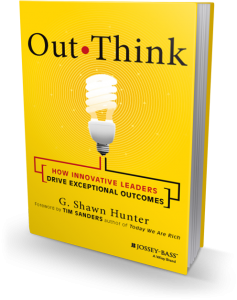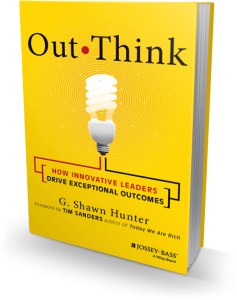Every Action You Make is a Statement
Every decision is a statement. Some are statements to the masses. Some are statements to the few. But all are statements to and about yourself.
– Hap Klopp, founder of The North Face
I’ve been learning a lot from Hap Klopp lately. I met, and interviewed Hap, the founder and former CEO of The North Face a few months ago in San Francisco. Since then I’ve re-read his book Conquering the North Face, and his unpublished book Almost. It’s unpublished because it has some insider disclosures that a certain big technology company and their lawyers are objecting to…. well, I’ll save that for when the book gets released.
The latest lesson I’ve been reflecting on is that from the perspective of everyone on the team, the boss’ actions are extremely visible, and hyper-analyzed. Like our 99.9% genetic cousins, lowland Gorillas look at their pack leaders every 15-20 seconds for social cues of how to behave – when it’s time to move on and forage, when it’s time to be alert and focused, and when it’s time to chill out.
Early in his work career, Hap was hired to help turnaround a ski shop. There were many things wrong – the inventory, the books, the customer service, even the simple layout of the shop to make equipment more visible and accessible. The most critical thing that needed correcting was the accounting and the vendor sourcing practices. But that wouldn’t be the most visible contribution he could make, so instead he focused his energy on working with the warehouse employees to clean, re-organize, and re-structure their entire warehouse.
What he could have done instead is focus on fixing the accounting and calling vendors to speed up their delivery. But no one would see those actions.
Hap standing up on a ladder reorganizing the warehouse with the team didn’t make the biggest dent in the bottom line immediately, but it did send a very clear and obvious message about work ethics, collaboration, and leading by example.
Later, when The North Face was rapidly taking off, they would often move into bigger office spaces every 6-12 months. They developed a custom that every time they took over a new space, they had a painting party. Hap would join these painting work days not only to demonstrate his willingness to work side by side with everyone in the company, but also to get to know people.
Every leader that I’ve encountered who is described by their peers and colleagues as “exceptional” or “remarkable” or “excellent,” lives their work life (and often personal life as well) in a highly visible manner. Not locked in the boardroom, or hiding in their office, but front and center, readily available and open to ideas.
This is another reason leaders need to reward transparency. Once everyone understands honest expression of opinion is simply part of the process, more people are likely to voice their ideas.
- Join my Email updates for regular updates on leadership and life
- Learn more about my Speaking work
____________________________________________________

Twitter: @gshunter
Say hello: email@gshunter.com
Web: www.shawnhunter.com


 Our company
Our company 








